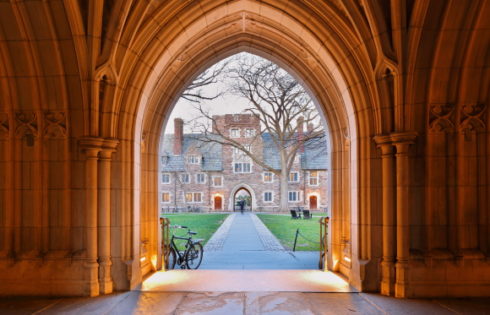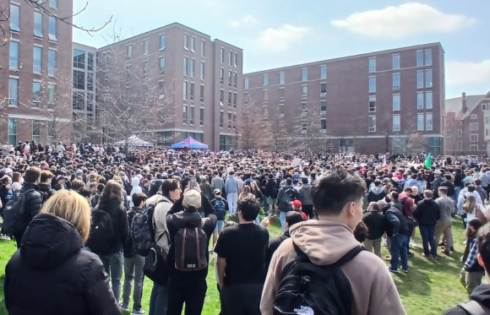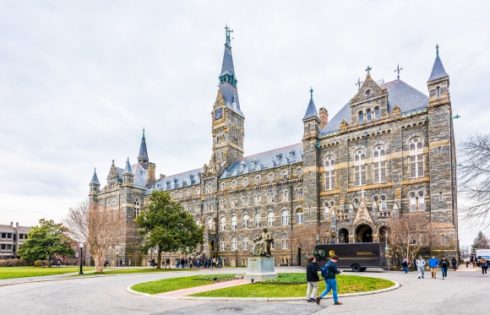
Data indicate it could be roughly comparable to seasonal influenza
A doctor with the University of Pittsburgh Medical Center is arguing that the actual death rate of COVID-19 is “much lower” than earlier estimates—and he says his hospital will now begin performing more routine procedures as an anticipated wave of critical coronavirus patients fails to materialize.
Donald Yealy, the chair of UPMC’s emergency medicine department, delivered that immensely encouraging news during a virtual press conference on Thursday. Yealy said that the earlier estimates of the disease’s fatality rate—which some doctors and organizations guessed could be 4 percent or even higher—appear to have been wildly too high.
Yealy “based [that conclusion] partly on studies of levels of coronavirus antibodies detected in people in New York and California, and partly on COVID-19 deaths in the Pittsburgh region,” the Pittsburgh Patriot-News reports. The studies cited by Yealy “found that 5-20% of people had been exposed to the coronavirus, with many noticing only mild illness or none at all,” the doctor pointed out.
Those numbers likely hold true in the Pittsburgh area, Yealy said:
“We’ve learned that way more people, far, far more people have actually been exposed to the infection without any knowledge of it. That makes the overall death rate much lower,” said Yealy, who is UPMC’s chair of emergency medicine. “Many people just didn’t feel sick at all and recovered without difficulty.”
Yealy went on to offer a hypothetical scenario of 3% of Allegheny County residents being exposed — a conservative number compared to the findings of the New York and California studies.
That would mean about 36,000 people in Allegheny have been exposed to the coronavirus. With 94 COVID-19 deaths in the county as of Thursday, it would mean 0.25 percent of people exposed to the coronavirus had died, he said.
“There is a big difference between 0.25% mortality and 7%,” Yealy said.
Yealy said these low numbers justify the medical system’s plans to “quickly increase its volume of the non-emergency surgeries that were largely banned to conserve beds and supplies for COVID-19 patients.”
Rachel Sackrowitz, the chief medical officer for UPMC’s intensive care units, also said during the conference that over 230 coronavirus patients have made a recovery and been discharged from the university’s medical centers.
“This is very good news. It means people are getting better and we’re all on the right track together,” Sackrowitz said.
MORE: ‘Real’ fatality rate of COVID-19 too low for ‘drastic crackdowns,’ says doc
IMAGE: Velli Sky / Shutterstock.com
Like The College Fix on Facebook / Follow us on Twitter





Please join the conversation about our stories on Facebook, Twitter, Instagram, Reddit, MeWe, Rumble, Gab, Minds and Gettr.